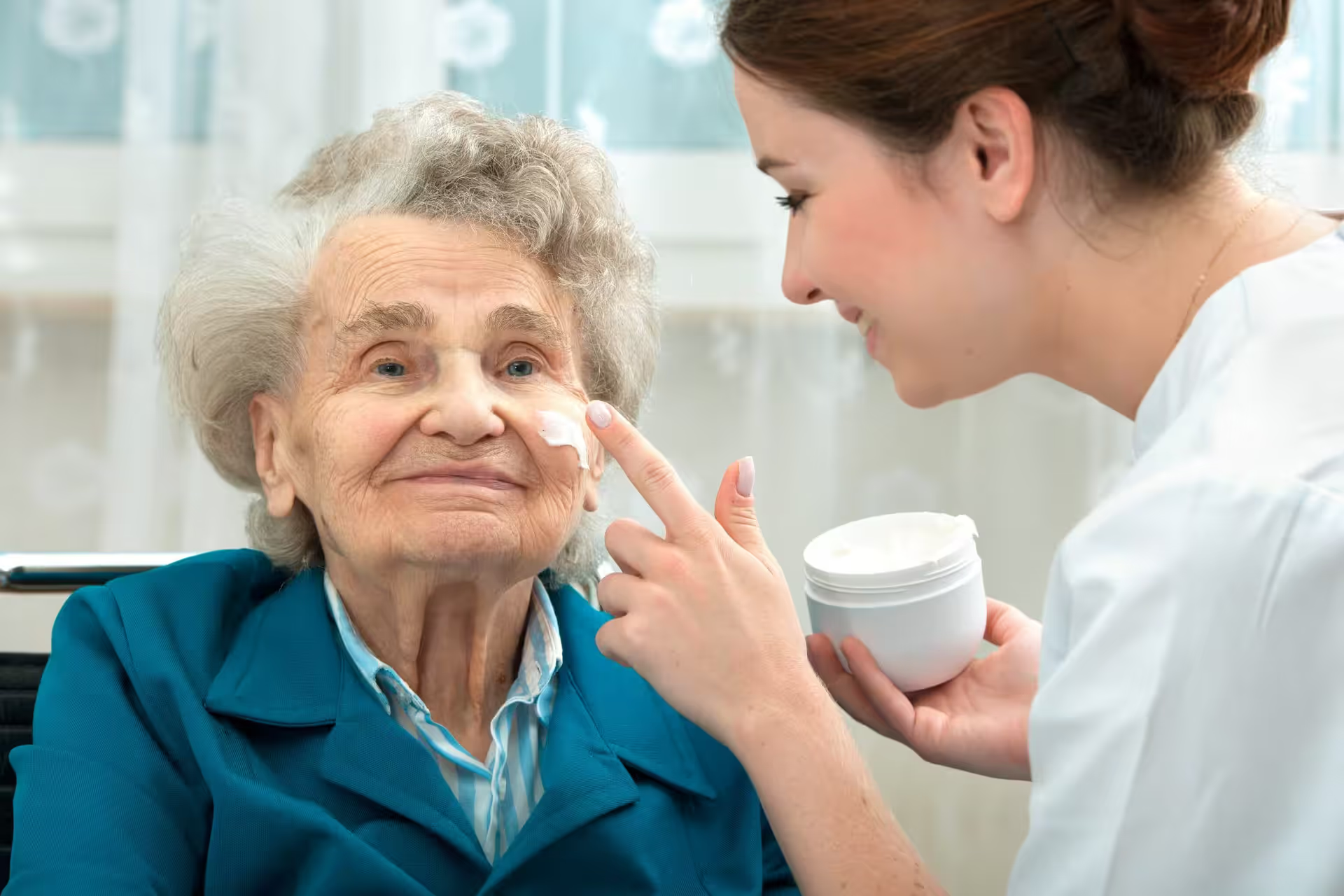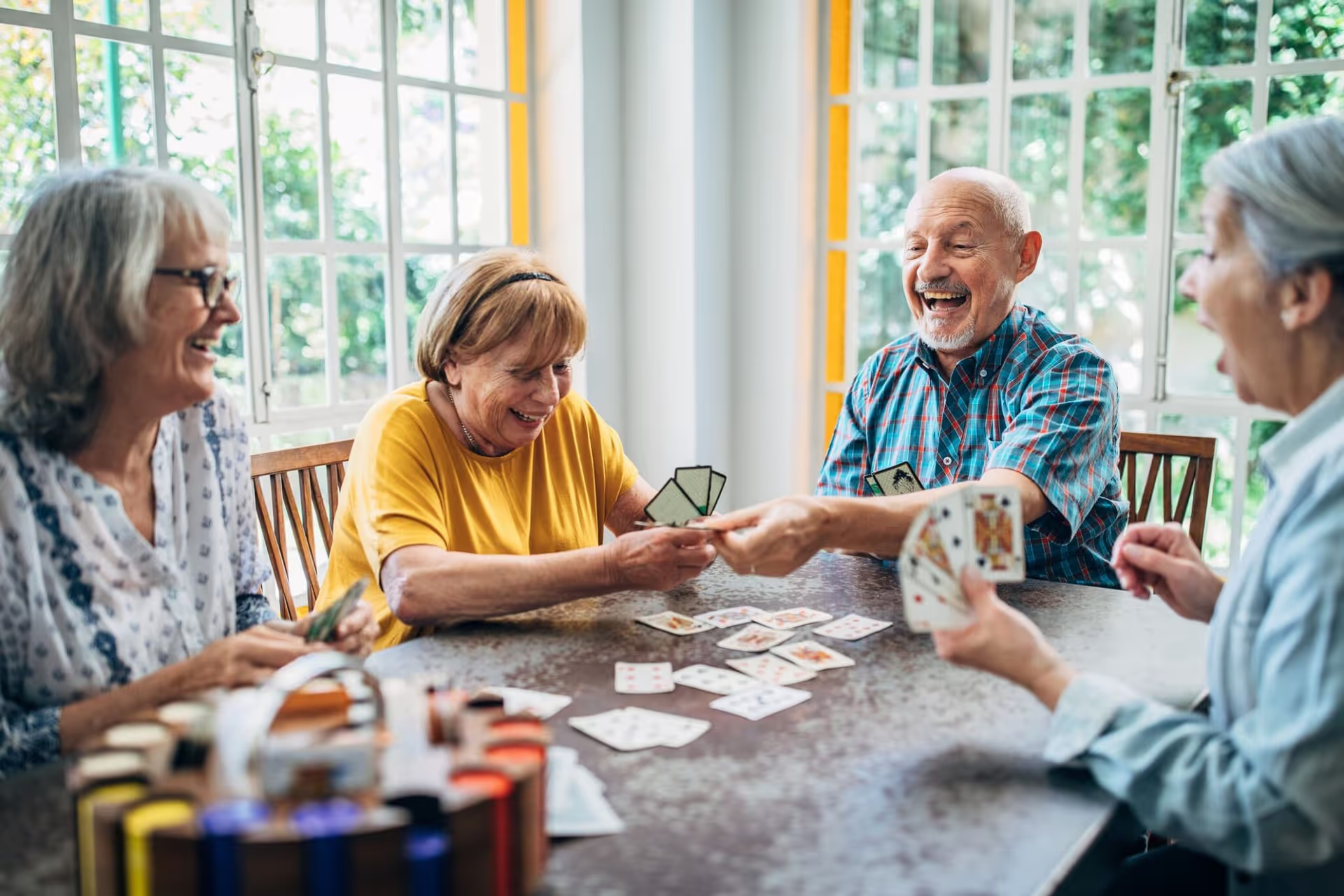Comprehensive Skin Care Guide for the Elderly
Aging skin requires dedicated attention due to the physiological changes it undergoes over time. With age, skin becomes thinner, drier, and less elastic, making it more vulnerable to damage, irritation, and certain skin conditions. A tailored skincare regimen can significantly improve skin health, comfort, and appearance. This guide explores the unique needs of elderly skin and provides a detailed approach to addressing its challenges.
The Science of Aging Skin
As the body ages, the skin undergoes intrinsic changes driven by genetic programming and extrinsic changes influenced by environmental factors such as UV exposure and pollution. These changes manifest in several key ways:
-
Thinning of the Epidermis: The outermost layer of skin becomes thinner, reducing its effectiveness as a barrier against environmental damage and increasing susceptibility to injury and infection.
-
Reduced Collagen and Elastin Production: Collagen and elastin fibers in the dermis, responsible for skin’s firmness and elasticity, decline, leading to wrinkles and sagging.
-
Diminished Sebum Production: Sebaceous glands produce less oil, causing the skin to lose moisture and become dry.
-
Slower Cell Turnover: The process of shedding dead skin cells and generating new ones slows down, resulting in a dull complexion and delayed healing of wounds.
-
Reduced Subcutaneous Fat: The fat layer beneath the skin decreases, making the skin appear less plump and more prone to bruising, a common concern in older adults.
Common Skin Conditions in the Elderly
Several dermatological issues are more prevalent with age, often requiring specific interventions. These include:
-
Xerosis (Dry Skin): Characterized by rough, scaly patches and itchiness, xerosis is caused by reduced oil production and exacerbated by environmental factors like cold weather and low humidity.
-
Pruritus (Chronic Itching): Often a result of dry skin, this condition can lead to scratching, which damages the skin and increases the risk of infections.
-
Senile Purpura: Thin, fragile skin causes bruising after minor trauma due to weakened blood vessels.
-
Seborrheic Keratoses: These are benign, wart-like growths that appear on the skin, typically requiring no treatment unless they cause discomfort.
-
Actinic Keratoses: Rough, scaly patches caused by prolonged sun exposure, which can sometimes develop into squamous cell carcinoma.
-
Skin Cancer: Cumulative sun exposure over a lifetime increases the risk of basal cell carcinoma, squamous cell carcinoma, and melanoma.
Building a Skincare Routine for Aging Skin
Creating a structured skincare routine can mitigate many issues associated with aging skin. The following practices are foundational:
-
Gentle Cleansing
Cleansing should remove impurities without stripping the skin of natural oils. Elderly individuals should use mild, fragrance-free cleansers that are formulated for sensitive skin. Avoid soaps containing alcohol or harsh detergents, as these can dry out the skin further. Showers or baths should be kept short, ideally under 10 minutes, and taken with lukewarm water to prevent moisture loss. After bathing, pat the skin dry with a soft towel rather than rubbing, leaving a thin layer of moisture on the skin. -
Daily Moisturizing
Moisturizing is a key step to prevent dryness and maintain the skin’s barrier. Apply moisturizer immediately after cleansing to lock in hydration. Opt for products containing humectants like glycerin or hyaluronic acid, which draw moisture into the skin, and occlusives like petrolatum or dimethicone, which create a protective seal. For areas prone to severe dryness, such as the hands, elbows, and feet, thicker ointments may be necessary. -
Sun Protection
Sun protection is vital for preventing further damage and reducing the risk of skin cancer. Broad-spectrum sunscreen with SPF 30 or higher should be applied to all exposed skin daily, even on overcast days. Reapply every two hours if outdoors. Wearing wide-brimmed hats, long sleeves, and sunglasses provides additional UV protection. Limiting sun exposure during peak hours (10 a.m. to 2 p.m.) is also beneficial. -
Hydration and Nutrition
Proper hydration supports skin health from within. Elderly individuals should aim to drink enough water daily, even if the sensation of thirst is reduced. A balanced diet rich in antioxidants, vitamins, and omega-3 fatty acids can promote skin elasticity and combat free radical damage. Foods like salmon, walnuts, spinach, and berries are particularly beneficial for maintaining a healthy complexion. -
Skin-Friendly Lifestyle Adjustments
- Use fragrance-free, hypoallergenic products to reduce irritation.
- Wear soft, breathable fabrics like cotton to avoid chafing.
- Protect the skin from irritants like harsh detergents or cleaning chemicals by wearing gloves when necessary.
-
Regular Skin Examinations
Aging skin requires regular monitoring for any changes in moles, lesions, or other abnormalities. Self-examinations should include checking for new spots or changes in existing ones. Use the ABCDE rule to evaluate moles: asymmetry, border irregularities, color variation, diameter larger than a pencil eraser, and evolving characteristics. Schedule annual dermatological check-ups for professional evaluation.
Addressing Specific Skin Concerns
For more severe skin issues, targeted strategies may be required:
-
Managing Xerosis
Using a humidifier at home can help maintain ambient moisture levels, particularly in winter. Applying moisturizer multiple times daily and using barrier creams on extremely dry areas can alleviate discomfort. Avoid products with alcohol or artificial fragrances, as these can worsen dryness. -
Relieving Pruritus
Chronic itching can be soothed with cool compresses and colloidal oatmeal baths. Over-the-counter hydrocortisone creams may reduce inflammation, while emollients can provide immediate relief. Persistent cases may require a dermatologist’s input to identify and treat underlying causes. -
Preventing Bruising
To protect fragile skin, wear clothing that covers vulnerable areas like arms and legs. Elevate limbs during rest to improve circulation and reduce the likelihood of bruising. Minimizing the risk of falls and bumps is particularly important in this demographic. -
Treating Actinic Keratoses
These precancerous lesions should always be assessed by a dermatologist. Treatment options include cryotherapy (freezing the lesion), topical treatments such as 5-fluorouracil, or photodynamic therapy. Early intervention can prevent progression to squamous cell carcinoma. -
Skin Cancer Prevention and Treatment
Preventative measures, such as diligent sun protection and regular skin examinations, are critical. If diagnosed early, skin cancer can often be treated successfully through surgical removal, radiation therapy, or topical treatments.
Emotional and Psychological Impact
Skincare is not just about physical health; it also plays a significant role in mental well-being. Many elderly individuals feel self-conscious about visible signs of aging, such as wrinkles, age spots, or sagging skin. A positive attitude toward aging and an emphasis on self-care can improve confidence and self-esteem. Establishing a skincare routine can also provide a sense of structure and mindfulness, fostering emotional resilience.
Conclusion
Aging skin presents unique challenges, but with a thoughtful approach, these can be effectively managed. A consistent routine involving gentle cleansing, moisturizing, sun protection, and hydration can maintain skin health and enhance quality of life. Targeting specific concerns like xerosis, pruritus, and skin cancer through tailored strategies ensures that elderly individuals can address their unique needs. Regular monitoring and a proactive mindset make it possible to enjoy healthy, resilient skin at any age.



